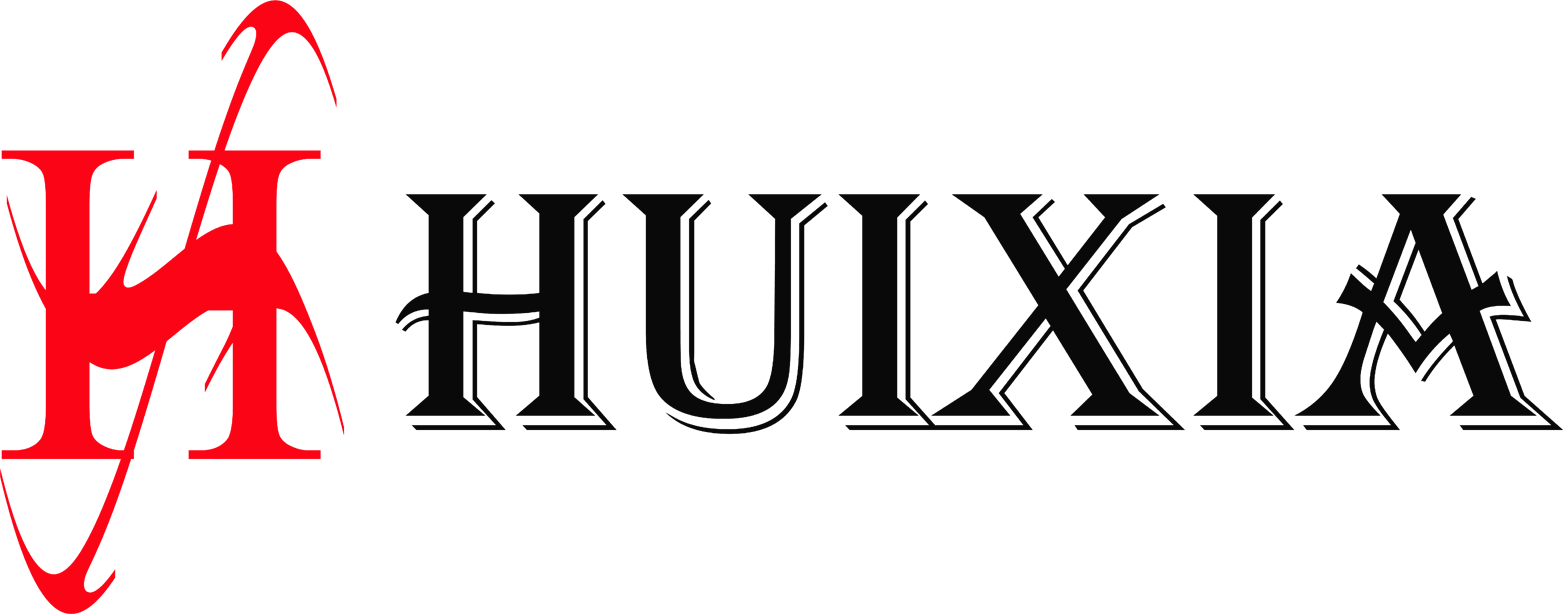Method for optimizing the design of CNC machining parts
Each CNC machine part manufacturing process has its place in the development cycle, but CNC machining is a quasi-general process that can be used at any given stage of the development cycle and is a wise choice.
Before we share the production process, you can take a quick look at its production process
1. Once the customer places an order, our purchasing department will purchase raw materials from qualified suppliers, which can ensure that we use the correct materials. All the materials we purchased have passed the SGS test and are RoHS. The content of the materials is in line with international standards.
2. Then our operator will quickly adjust our cnc machine. The material will be cut into pieces at the production stage.
3. After the machine is adjusted, we will perform cnc processing according to the drawings. During the production process, our workers will often check the size and then write it down. This ensures that all dimensions are within tolerance.
4. After cnc processing, we will put these semi-finished products in good condition. If the parts need to be plated or anodized, they will be sent for surface plating.
5. In order to ensure that the goods we shipped are good, we will conduct 100% inspection and selection before packaging. Then pack them.
1. The truth about "holes"
Many people know the appearance and purpose of the drill bit. However, in most cases, the hole is inserted with an end mill instead of drilling. This machining method has great flexibility in the hole sizes available for a given tool, and can achieve a better surface finish than a drill bit. It also allows us to use the same tools to machine grooves and cavities, thereby reducing cycle time and part costs. The only drawback is that due to the limited length of the end mill, the challenge of a hole depth exceeding six diameters becomes a challenge and may require machining from both sides of the part.
2. Threading rights
Drilling and threading go hand in hand. Use "threaded holes" to cut internal threads. The tap looks like a toothed screw and is “screwed” into the previously drilled hole. We use a more modern threading method, using a tool called "thread milling cutter" to interpolate the thread profile. In this way, precise threads can be created, and a milling cutter can be used to cut any thread size with the same pitch (number of threads per inch), thereby saving production and setup time.
3. High walls and tiny features
All of our tool sets consist of carbide tools. This super-hard material provides maximum tool life and minimum deflection productivity. However, even the strongest tools can deform, and the processed metals, especially plastics, can also deform. Therefore, the wall height and feature size are very dependent on the geometry of the individual parts and the tool set used. For example, Protolabs has a minimum feature thickness of 0.020 inches (0.5 mm) and a maximum feature depth of 2 inches (51 mm), but this does not mean that you can use these sizes to design ribbed heat sinks.
4. Power tool lathe
In addition to a wide range of milling functions, we also offer CNC turning tools. The tool set used on these machines is similar to the tool set used on our machining centers, except that we currently do not rotate plastic parts. This means that eccentric holes, grooves, planes and other features can be processed parallel or perpendicular (axial or radial) to the “long” axis (Z axis) of the turned workpiece, and usually follow the same design rules as applied The orthogonal parts on our machining center are the same. The difference here is the shape of the raw material, not the tool set itself. Turned parts (such as shafts and pistons) start from round parts, while milled parts (such as manifolds, instrument boxes and valve covers) usually do not use square or rectangular blocks.
5. Three-axis and five-axis machining
In three-axis machining, the workpiece is clamped from the bottom of the raw material blank, and all part features are cut from multiple, six orthogonal sides. For parts larger than 10 inches x 7 inches (254mm x 178mm), only the top and bottom can be machined: no side mounting! However, when 5-axis index milling is used, machining can be performed from any number of non-vertical sides.
